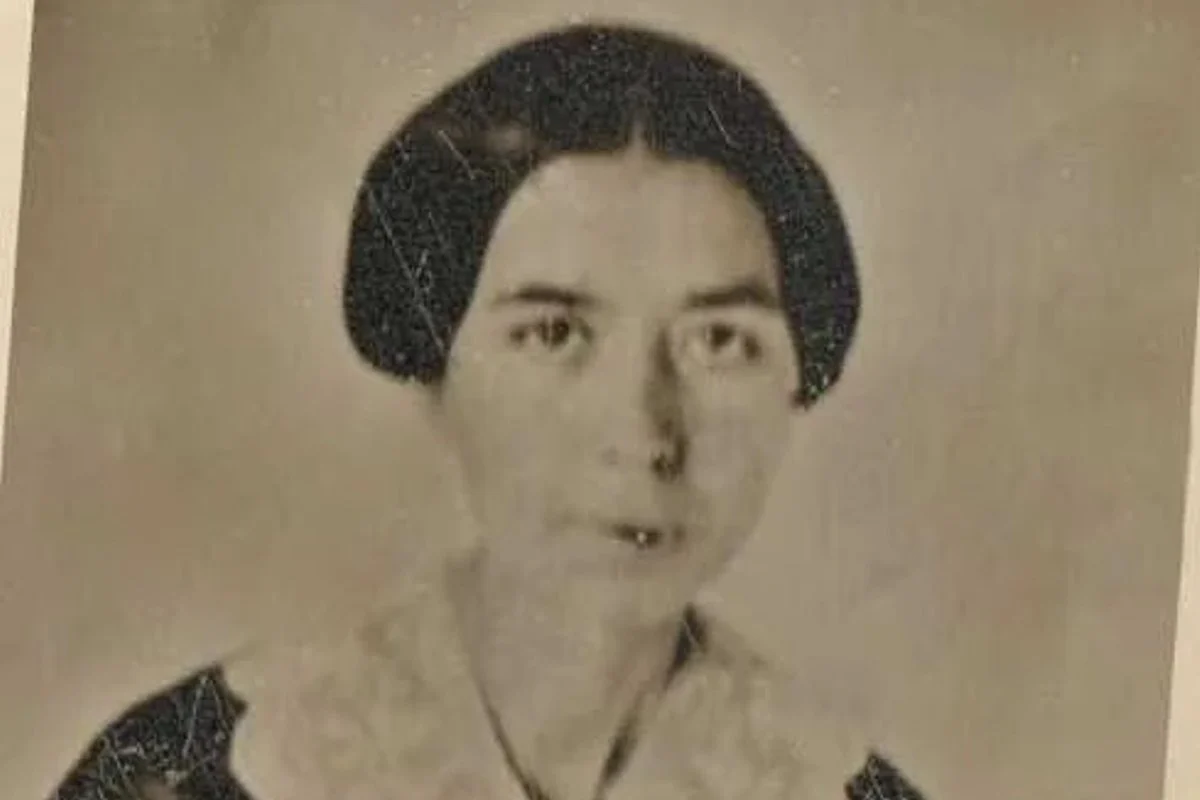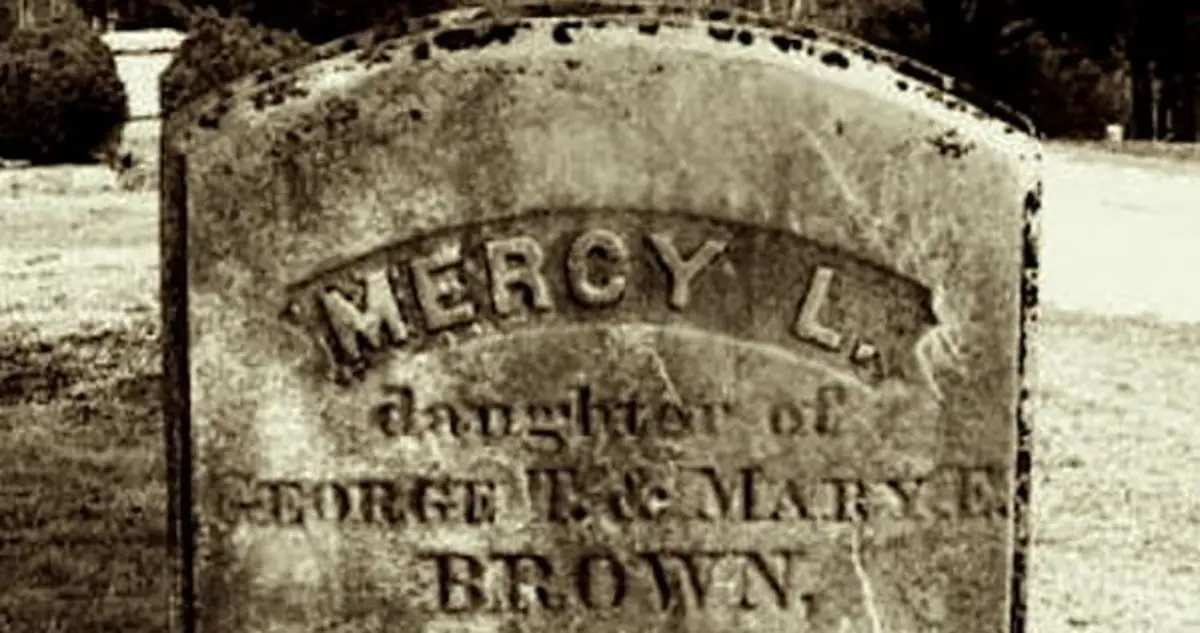The town blamed Mercy Brown even though she had been deceased for months when members of her family began passing away one by one. According to mythology, Mercy Brown, a deceased American woman from Exeter, Rhode Island, is a top contender to be the first female vampire.
In 1892, the Mercy Brown vampire incident took place in Rhode Island, USA. It is among the best examples of resurrecting a body to perform rituals to drive away an undead manifestation. The incident was a part of the larger vampire fear in New England.
In the last two decades of the 19th Century, the family of George and Mary Brown of Exeter, Rhode Island, experienced multiple occurrences of consumption (tuberculosis). At the time, tuberculosis was known as “consumption,” and it was a deadly and greatly feared illness. Friends and neighbors thought that the zombies were to blame for this.
Who Was Robbing Villagers’ Lives?
In the family of George and Mary Brown of Exeter, Rhode Island, Mary Eliza, the wife of the farmer, was the first to pass away from the illness in 1884. He then lost his eldest daughter, Mary Olive, to the same illness two years later.
Daughter Mercy and son Edwin also caught the illness in 1891. After that, Mercy Lane Brown, the 19-year-old daughter, passed away. Little was known about tuberculosis at the time, and what little was known was mostly based on superstition. The terrified villagers theorized that one of the deceased was a vampire who had been stealing the lives of the other members of the family, and the decision was made to exhume their remains.
The worried villagers started relating an old folktale to George Brown. According to the superstition, in some unexplainable and irrational way, fresh flesh and blood could be found in some parts of the departed relative’s corpse, which is said to feed on the living who are in poor health. In essence, the myth contends that when people in the same family get less and less interested in food, it could be because one of the recently deceased is robbing their surviving relatives of life force.
George Brown was convinced to agree to the exhumation of numerous of his family members’ bodies. On March 17, 1892, villagers, the neighborhood doctor, and a newspaper reporter unearthed the dead. Mary and Mary Olive’s remains both showed normal amounts of decomposition. They were therefore removed out of suspicion.
Mercy’s body, however, showed absolutely no signs of decomposition and still had blood in the heart. They interpreted this as proof that Mercy was not dead and was robbing Edwin of his life. The real cause was that she had been kept in a freezer-like state by the harsh winter weather.
To treat Edwin’s condition and dispel the power of the undead, Mercy’s heart and liver were burned by superstition, and the ashes were then combined with water to make a tonic, which was then given to the sick man to drink. Two months later, the young man passed away. Mercy’s body was desecrated, and what was left of it was interred in the Baptist Church graveyard in Exeter.
What made people believe in Vampires?
Before tuberculosis was medically understood and prevented, many more years would pass. There was no effective therapy or cure for TB. Doctors frequently advised patients with the condition to “rest, eat well, and exercise outdoors.” These homemade solutions rarely worked, of course. There was an 80% mortality rate for those with active tuberculosis.
The horror of such a horrible death sheds light on the craziness that gripped the small Rhode Island town of Exeter at the turn of the 20th century. The disease was blamed for these superstitions, which gave rise to a variety of horror tales.
Up until the early 20th century, such customs as excavating and burning the dead out of paranoia regarding vampire-like monsters were popular in many Western nations. Although the Mercy Brown case was far from unique, her exhumation marked the end of an era for these rites with vampire overtones.
Bram Stoker is credited with drawing inspiration for Dracula from the story of Mercy Brown, and H.P. Lovecraft himself referred to it in one of his works. It is unquestionably a bloody narrative that will endure for many years.





